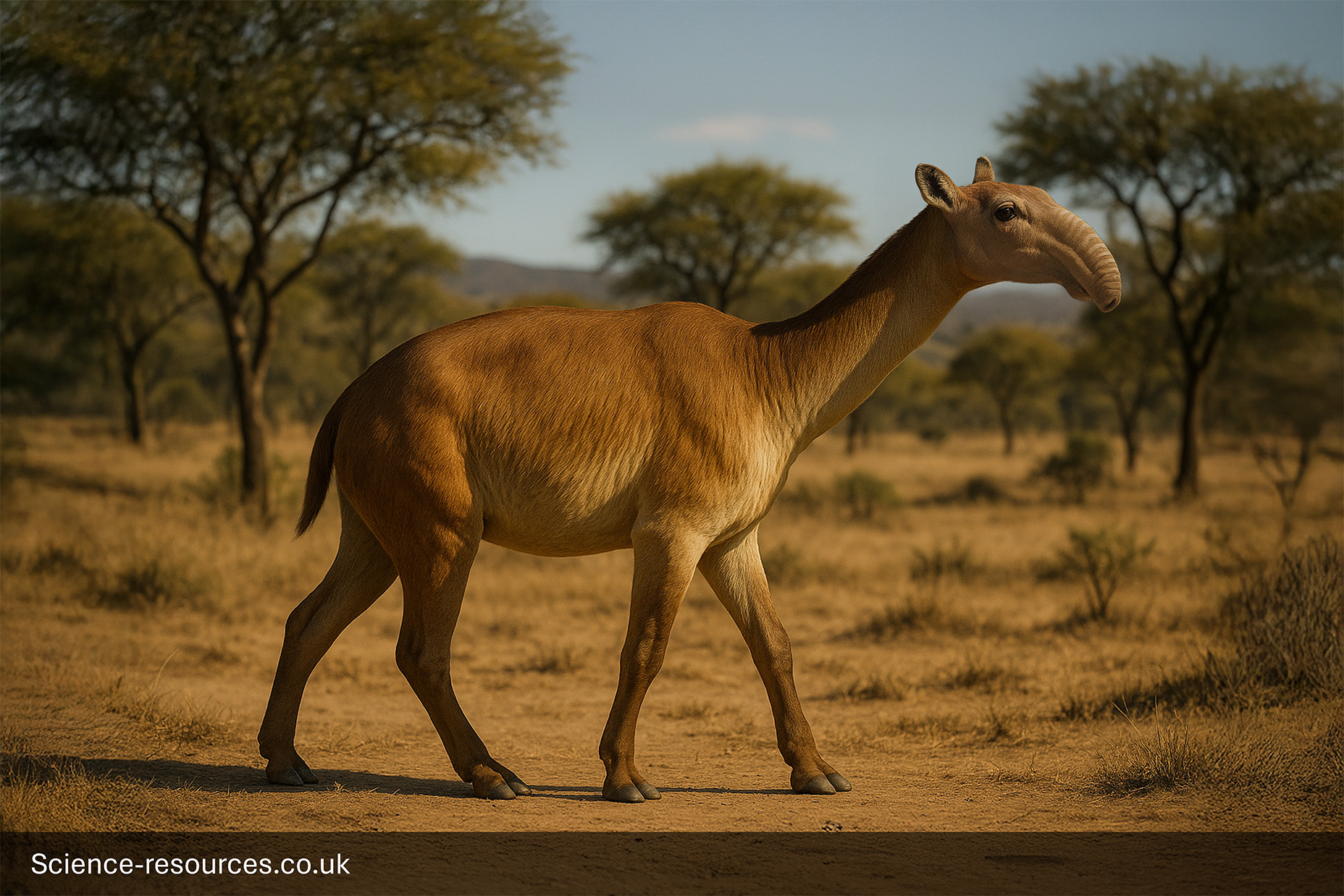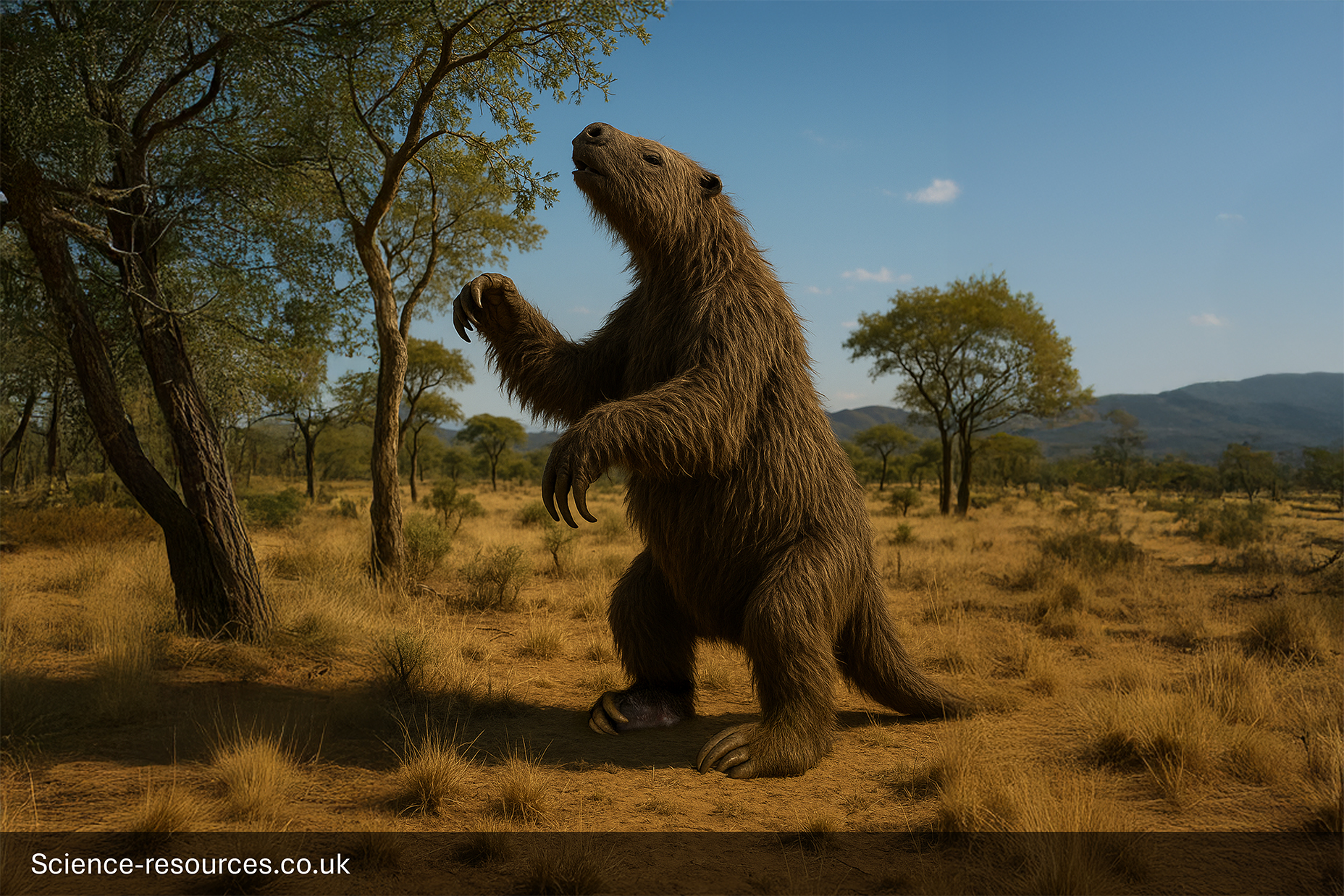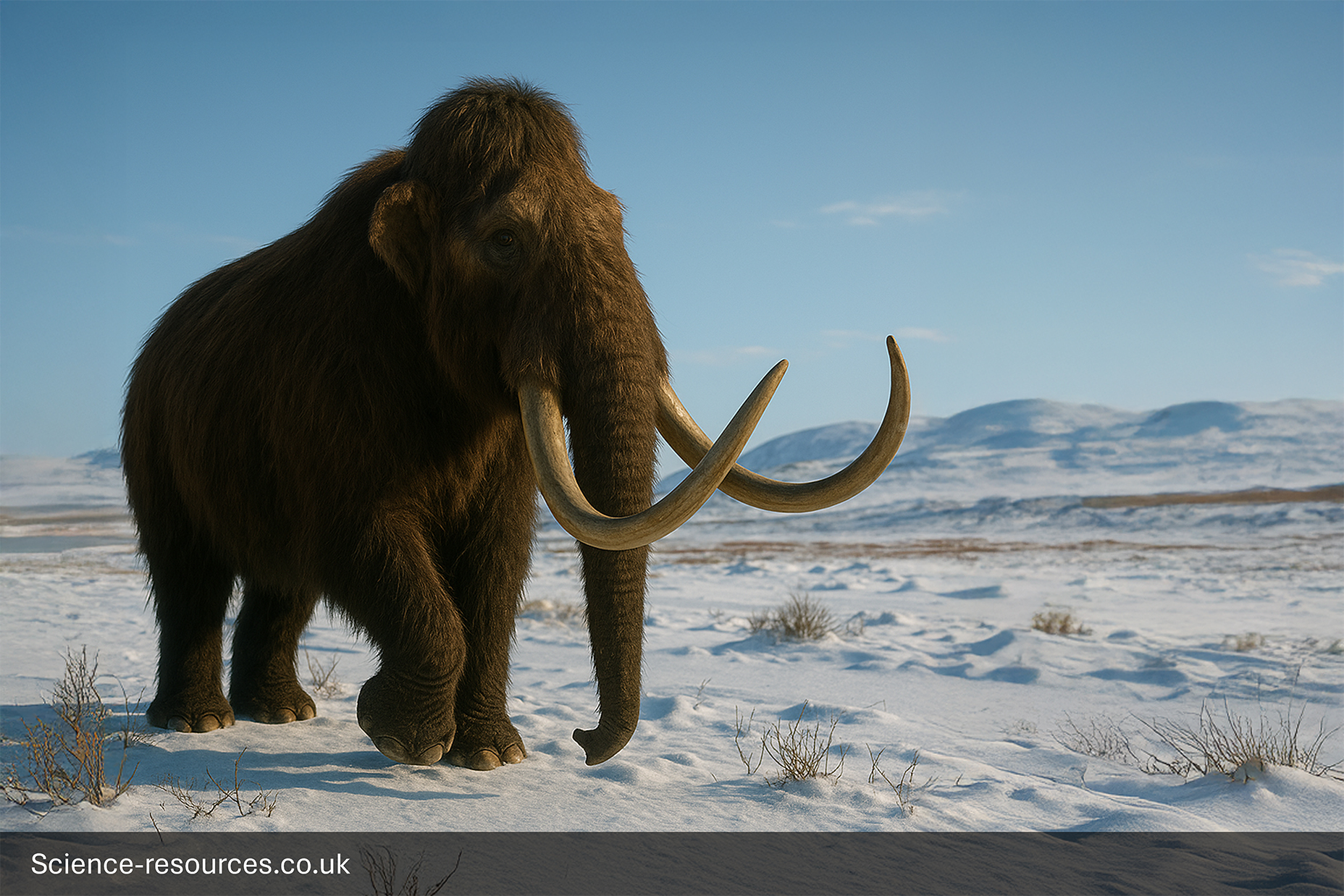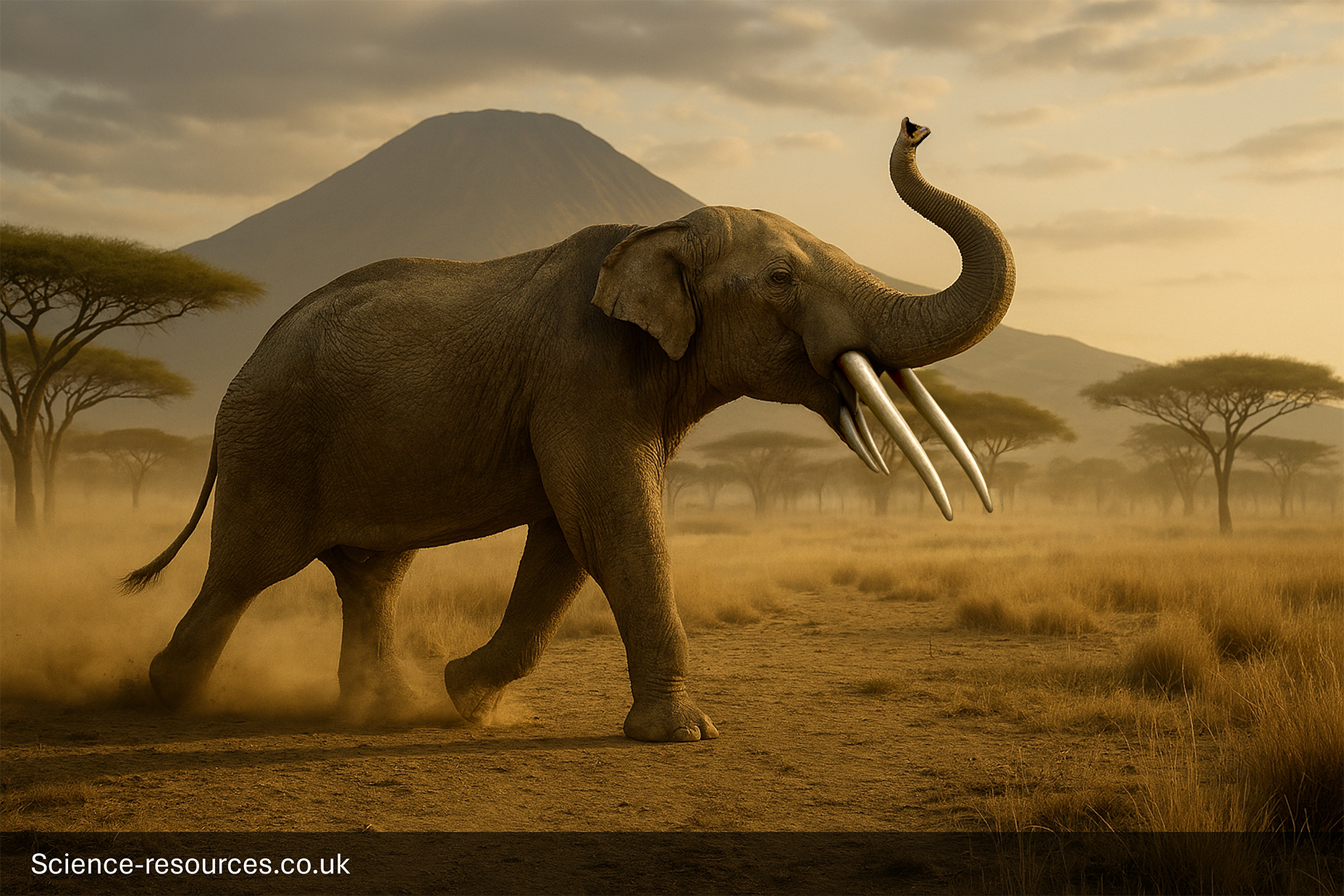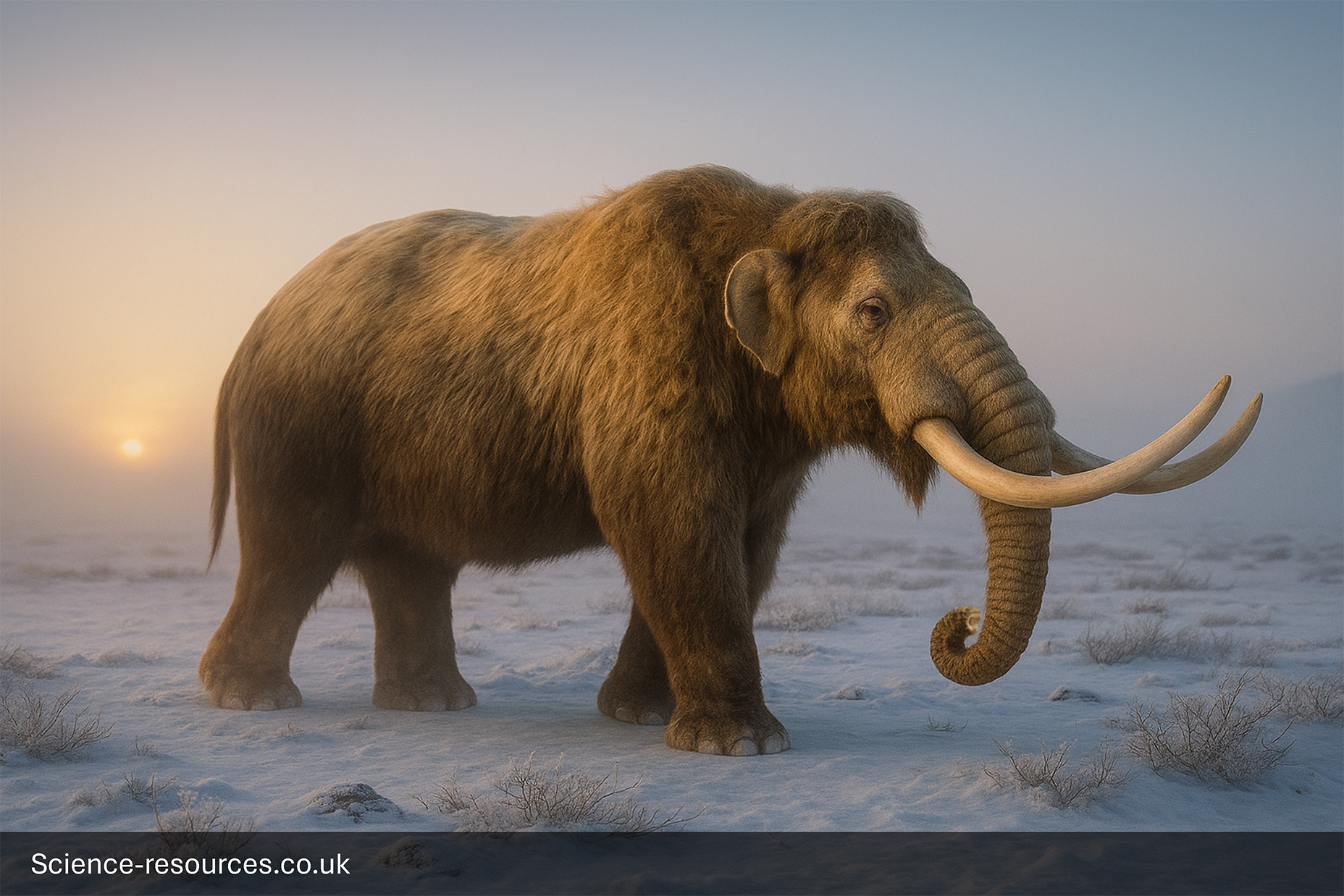i-How: How Long Was the Ice Age – and Other Amazing Facts
The Ice Age (also known as the Pleistocene epoch) where large ice sheets covered vast areas of the continents (Image source: science-resources.co.uk) . The most recent Ice Age, known as the Pleistocene Epoch, lasted for nearly 2.6 million years. It began around 2.6 million years ago and ended approximately 11,700 years ago. During this period, vast sheets of ice, called glaciers, covered much of North America, Europe, and Asia. The planet experienced cycles of colder and warmer climates, with ice advancing and retreating several times. The end of the Ice Age marked the beginning of the Holocene Epoch, which continues to the present day. Melting glaciers reshaped landscapes and paved the way for the rise of modern human civilisations.
Life during the Ice Age was challenging. Animals grew thick fur coats and developed unique adaptations to survive freezing temperatures. Humans relied on hunting, gathering, and ingenuity to find food and warmth. Dense forests, tundra, and icy landscapes dominated much of the Earth. As climates slowly warmed, forests and grasslands replaced icy plains, encouraging the evolution of new species and habitats. Scientists believe the end of the Ice Age was caused by a combination of changes in the Earth's orbit, increased solar energy, and shifting ocean currents. These factors led to gradual warming, melting the vast ice sheets and transforming the environment. Doedicurus was a heavily armoured mammal related to armadillos, living in South America during the Ice Age. It had a large, domed shell and a spiked tail used for defence against predators. Doedicurus (Image source: science-resources.co.uk) Macrauchenia was a long-necked, hoofed mammal from South America, resembling a camel with a short trunk. It lived from the Miocene to the Ice Age and grazed in open grasslands. Macrauchenia (Image source: science-resources.co.uk) Megatherium was a giant ground sloth from South America that lived during the Pleistocene. It had massive claws and a bulky frame, feeding on leaves and possibly standing upright to reach higher branches. Megatherium (Image source: science-resources.co.uk) Smilodon was a powerful saber-toothed cat that lived in the Americas during the Ice Age. It had massive forelimbs and long, curved canine teeth, which it used to take down large prey. Megalodon (Image source: science-resources.co.uk) Woolly Rhinoceros was a large Ice Age mammal adapted to cold climates. It had a thick coat of fur and a prominent curved horn, which it used to clear snow and graze on frozen grasslands. Onchopristis (Image source: science-resources.co.uk) Discover fascinating insights into the animals and environment of the Ice Age.
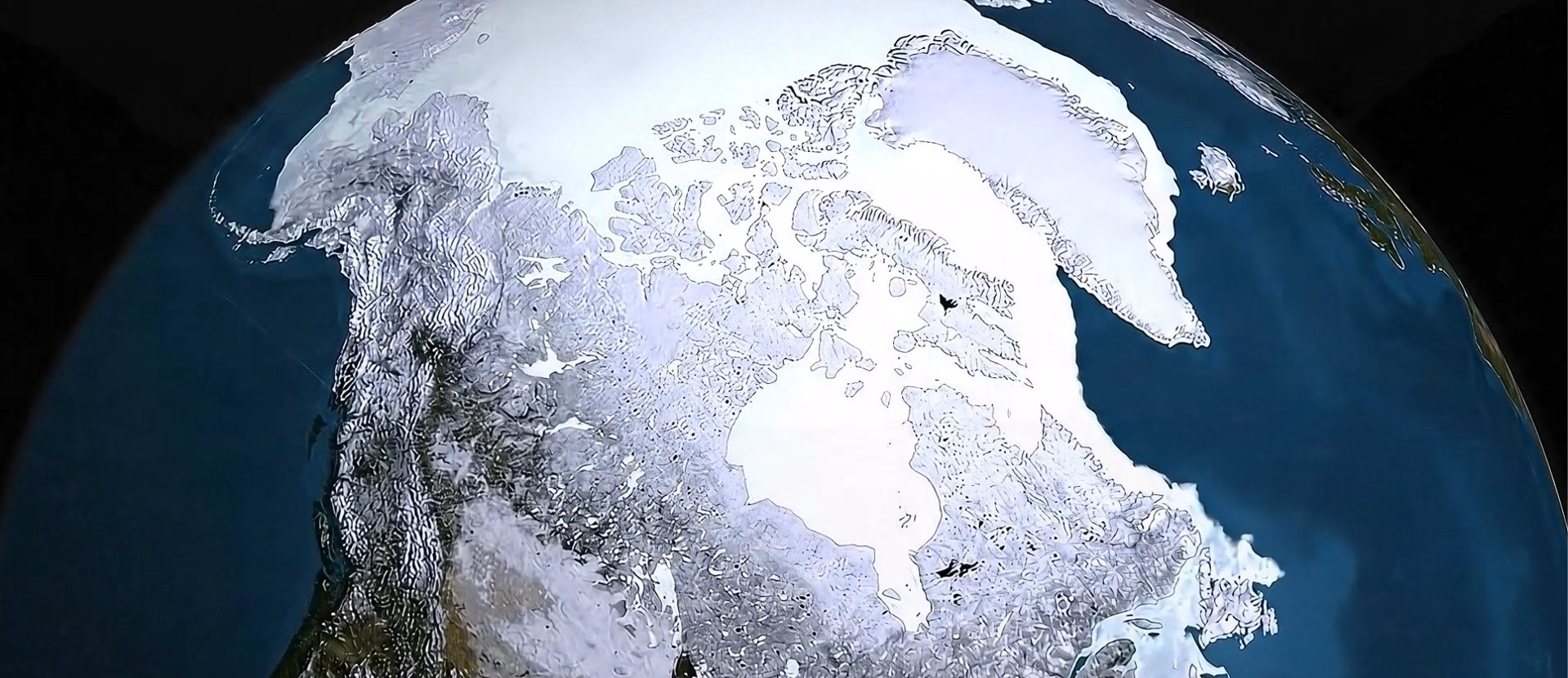
How long was the ice age?
Amazing Ice Age facts
Life during the Ice Age
Why did the Ice Age end?
Notable animals
1. Doedicurus
2. Macrauchenia
3. Megatherium
4. Smilodon
5. Woolly Rhinoceros
Woolly Mammoths were a giant, shaggy elephants that lived during the Pleistocene. they had long, curved tusks and a thick coat of fur, helping them survive in icy environments across Eurasia and North America. Mosasaurus (Image source: science-resources.co.uk) Gomphothere was a large, elephant-like mammal that roamed the Americas during the Ice Age. It had a long trunk and distinctive tusks, which it used to dig for roots and strip bark from trees. Unlike modern elephants, some species had four tusks and a flatter skull, helping them adapt to diverse environments. Gomphothere (Image source: science-resources.co.uk) Mastodon was a shaggy, elephant-like mammal that lived across North America during the Ice Age. It had straight tusks and a low, sloping skull, which helped it browse on shrubs and trees. Unlike mammoths, mastodons had cusped teeth suited for chewing tough vegetation in forested environments. Megaloceros was a giant deer that lived across Europe and Asia during the Ice Age. It had enormous, wide-spreading antlers and a strong, muscular build, which it used for display and defense. Often called the "Irish Elk," it grazed in open woodlands and meadows, feeding on grasses and shrubs. Dire Wolf was one of the largest canid predators of the Ice Age, roaming North and South America during the Late Pleistocene. With a robust frame, massive skull, and crushing bite force, it was a formidable hunter and likely a dominant pack scavenger in its ecosystem. Glyptodon was a massive, armoured mammal related to modern armadillos, living in South America during the Pleistocene. Protected by a domed shell and a spiked tail, it was a slow-moving herbivore that grazed on tough vegetation, using its size and defences to deter predators. Q1: What is an Ice Age? A1: An Ice Age is a long period of time when the Earth gets much colder and large parts of it are covered in ice and snow. Q2: When was the last Ice Age? A2: The last Ice Age ended about 11,700 years ago. It lasted for thousands of years and shaped much of the land we see today. Q3: What causes an Ice Age? A3: Ice Ages happen because of changes in the Earth's orbit, the tilt of its axis, and how much sunlight reaches the planet. Volcanoes and changes in greenhouse gases also play a role. Q4: Were there dinosaurs during the Ice Age? A4: No, Dinosaurs were extinct long before the Ice Age. The Ice Age had animals like woolly mammoths, saber-toothed cats, and giant sloths. Q5: What animals lived during the Ice Age? A5: Ice Age animals included woolly mammoths, saber-toothed cats, giant ground sloths, mastodons, and early humans. Q6: Did humans live during the Ice Age? A6: Yes! Early humans lived during the Ice Age. They used fire, wore warm clothes made from animal skins, and lived in caves or shelters. Q7: How cold was it during the Ice Age? A7: It was much colder than today. In some places, thick ice sheets covered the land, and temperatures could drop way below freezing." Q8: What did the Earth look like during the Ice Age? A8: Huge parts of North America, Europe, and Asia were covered in ice. Sea levels were lower, and some land that is underwater today was dry. Q9: How do scientists know about the Ice Age? A9: Scientists study fossils, ice cores, and rocks to learn about the Ice Age. These clues tell them how cold it was and what life was like back then. Q10: Will there be another Ice Age? A10: Maybe! Ice Ages happen every so often in Earth's history, but scientists think it won’t happen for a very long time. 6. Woolly Mammoth
7. Gomphothere
8. Mastodon
9. Megaloceros
10. Dire wolf
11. Glyptodon
Ice Age FAQ
You may also be interested in
Tags: Real-life sea monsters; Ichthyosaurus; Shonosaurus; Ophthalmosaurus; Liopleurodon; Plesiosaurus; Elasmosaurus; Mosasaurus; Onchopristis; Megalodon; Livyatan; Helicoprion; Basilosaurus

